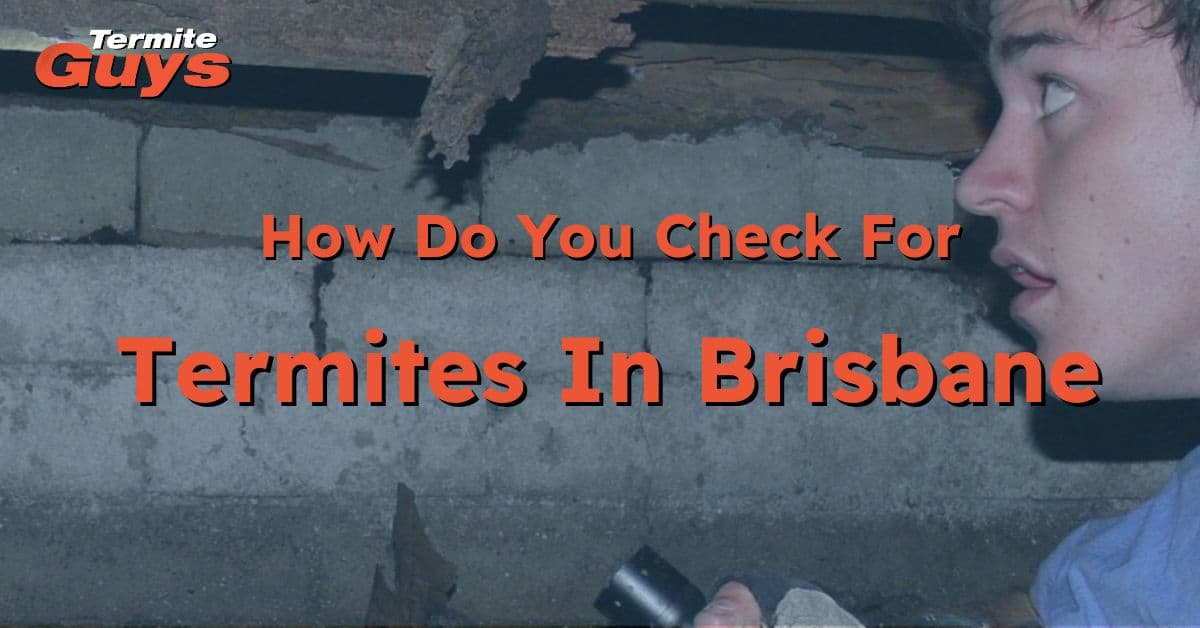Introduction to Termite Swarming
Termite swarming is a natural part of the termite reproductive cycle, marking the start of new colonies. During swarming events, winged reproductive termites, known as alates, leave their nest in large groups. These termites seek to mate and establish new colonies, often putting nearby homes and structures at risk. For Brisbane homeowners, understanding termite swarming is essential, as these events signal potential termite activity that could lead to serious structural damage if ignored.
Timing of Termite Swarms in Brisbane
Seasonal Patterns
Brisbane experiences termite swarming primarily during the warmer months, from late spring to early summer. This is when environmental conditions are optimal for termites to thrive.Time of Day
Swarming typically occurs in the late afternoon or early evening, especially following a day of rising temperatures. Termites are drawn to the soft glow of lights, so you may notice them gathering near windows, doorways, or outdoor light fixtures.
Environmental Factors Influencing Swarming
Weather Conditions
Termites prefer warm, humid weather. Recent rainfall significantly increases the likelihood of a swarm as it creates the ideal conditions for their emergence. These factors are particularly relevant in Brisbane’s subtropical climate.Colony Maturity
Swarming occurs when a termite colony reaches maturity, which usually takes several years. Mature colonies can produce thousands of swarmers, making it more likely that they will establish new nests nearby.
Signs of a Termite Swarm
Homeowners should be vigilant for the following indicators:
- Swarmers’ Appearance: Flying termites are often mistaken for ants, but they have distinct features, including straight antennae, equal-length wings, and a broad waist. Their color ranges from dark brown to black.
- Wing Shedding: After swarming, termites shed their wings. Finding piles of translucent wings near windowsills, doorways, or outdoor areas is a key sign of a recent termite swarm.
- Swarm Activity: Witnessing large groups of winged insects gathering around light sources or emerging from soil or walls is a clear indication of swarming.
Precautions and Prevention Tips
Schedule Regular Inspections
Annual or bi-annual termite inspections by professionals are vital, particularly before swarming season. Experts can detect hidden colonies and identify risk factors that could make your home vulnerable to termites.Moisture Management
- Repair any leaks in plumbing or roofing.
- Ensure proper drainage around your property to prevent water accumulation.
- Keep soil around your home’s foundation dry and well-ventilated.
Limit Wood-to-Soil Contact
- Avoid storing wood piles near your home.
- Ensure fences, decks, and other wooden structures are treated and elevated above the soil.
Install Preventative Barriers
- Consider investing in termite barriers or treated zones to create a protective shield around your property. Products like Termidor are highly effective for long-term protection.
Swarming Season in Brisbane
The swarming season is a critical time for homeowners to be proactive. Between November and January, conditions in Brisbane are ideal for termites to swarm and establish new colonies. This period serves as a reminder for vigilance and preventive actions.
Conclusion: Be Proactive About Termite Swarming
Understanding the timing and nature of termite swarms in Brisbane is the first step in protecting your home. Swarming termites are a warning sign of potential infestations that, if left unchecked, can lead to costly structural damage.
Take action today by scheduling a professional termite inspection and implementing preventive measures. Contact Termite Guys Brisbane at 3393 3515 or visit www.TermiteGuys.com.au to safeguard your property. Early detection and treatment are key to keeping your home termite-free.


